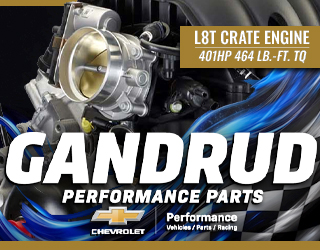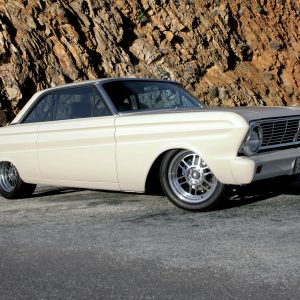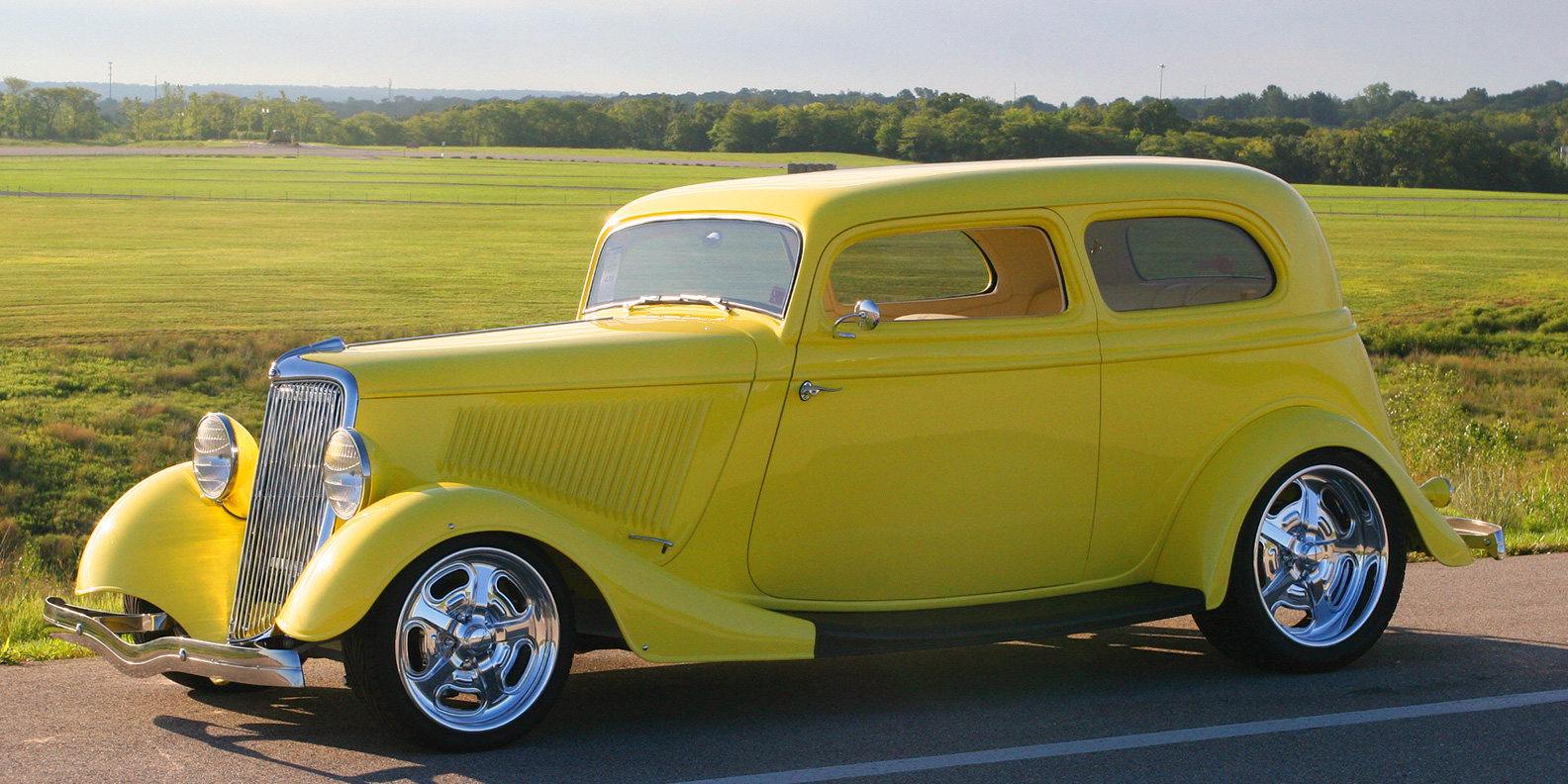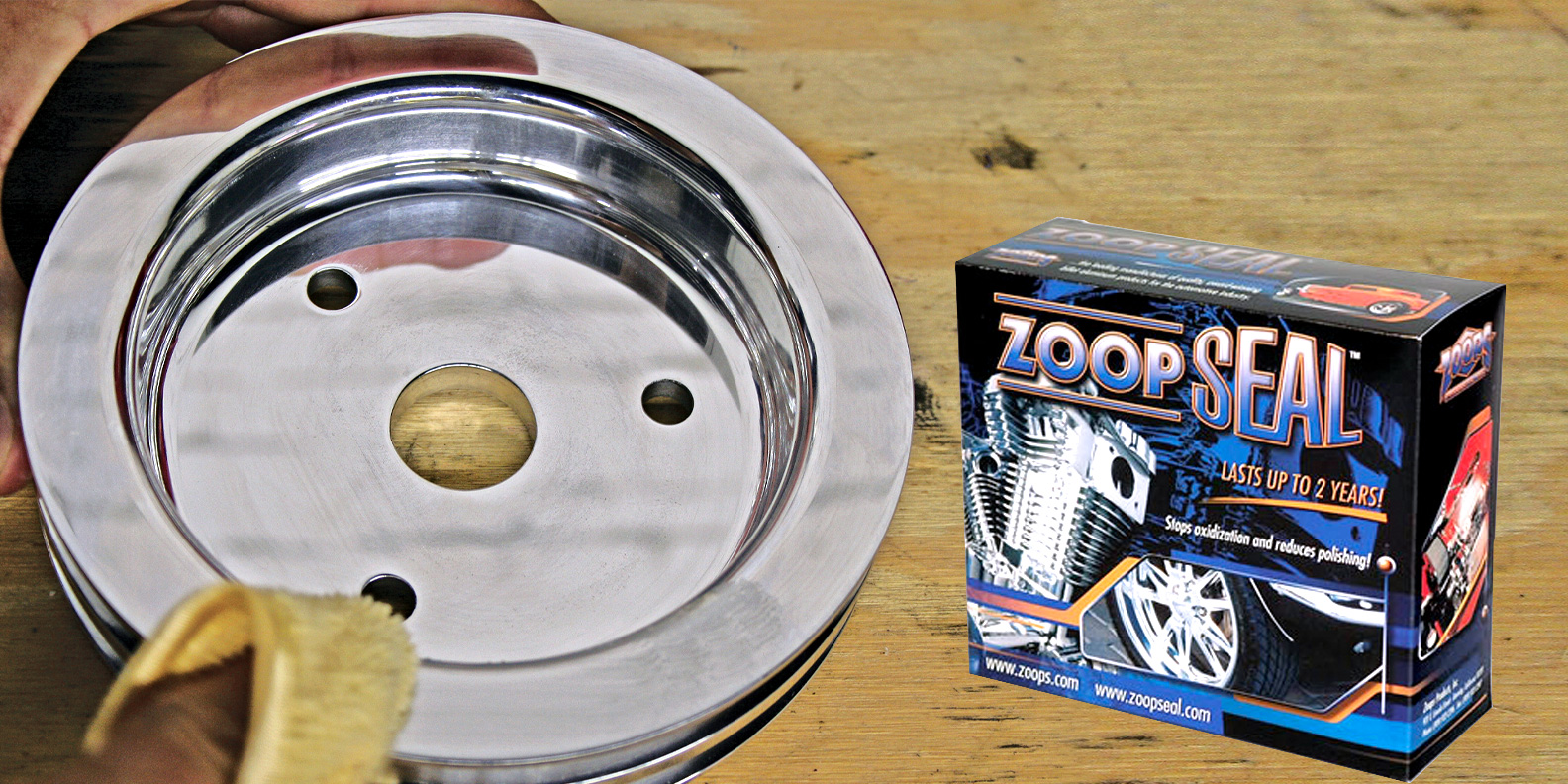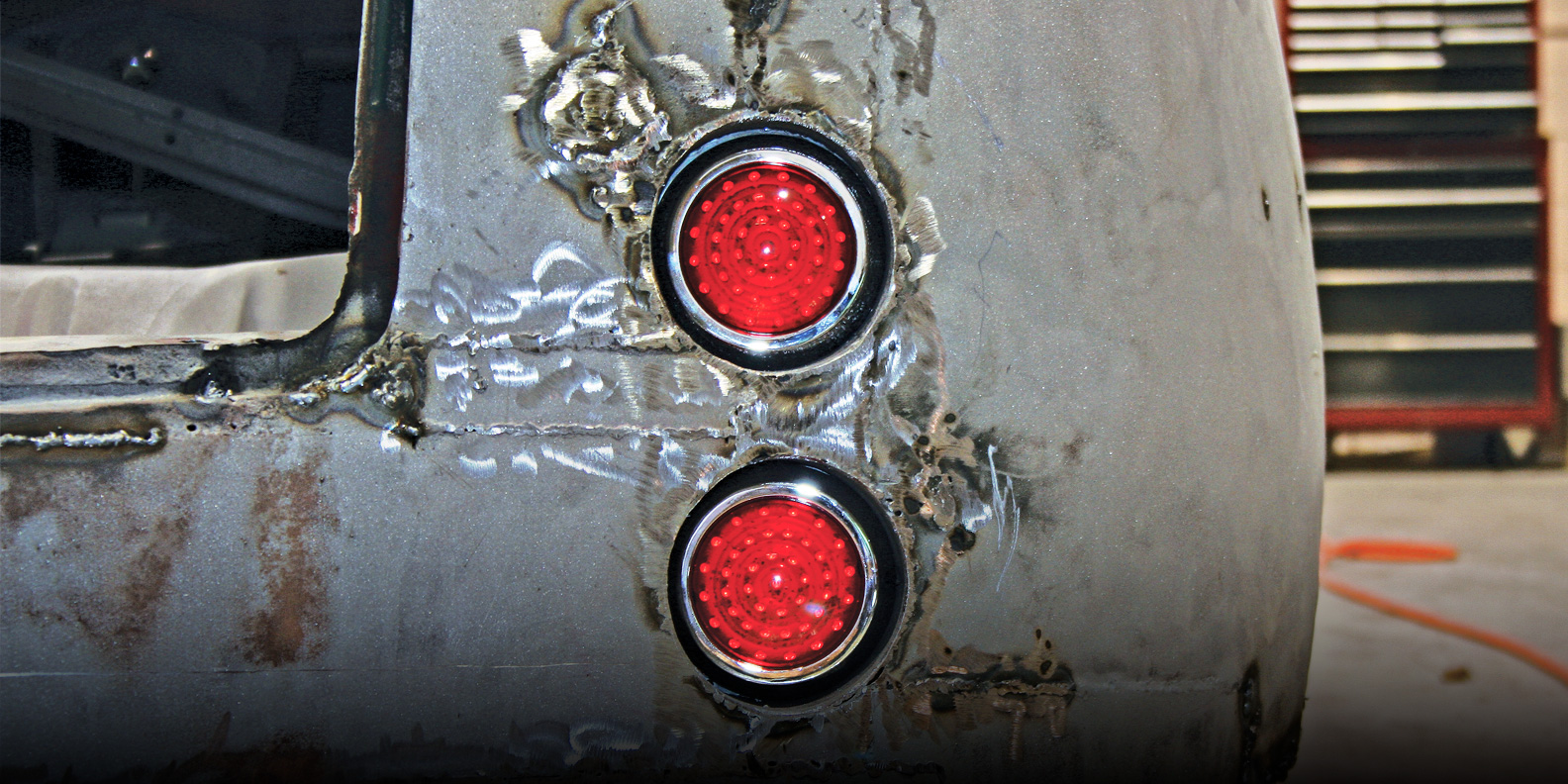Cars
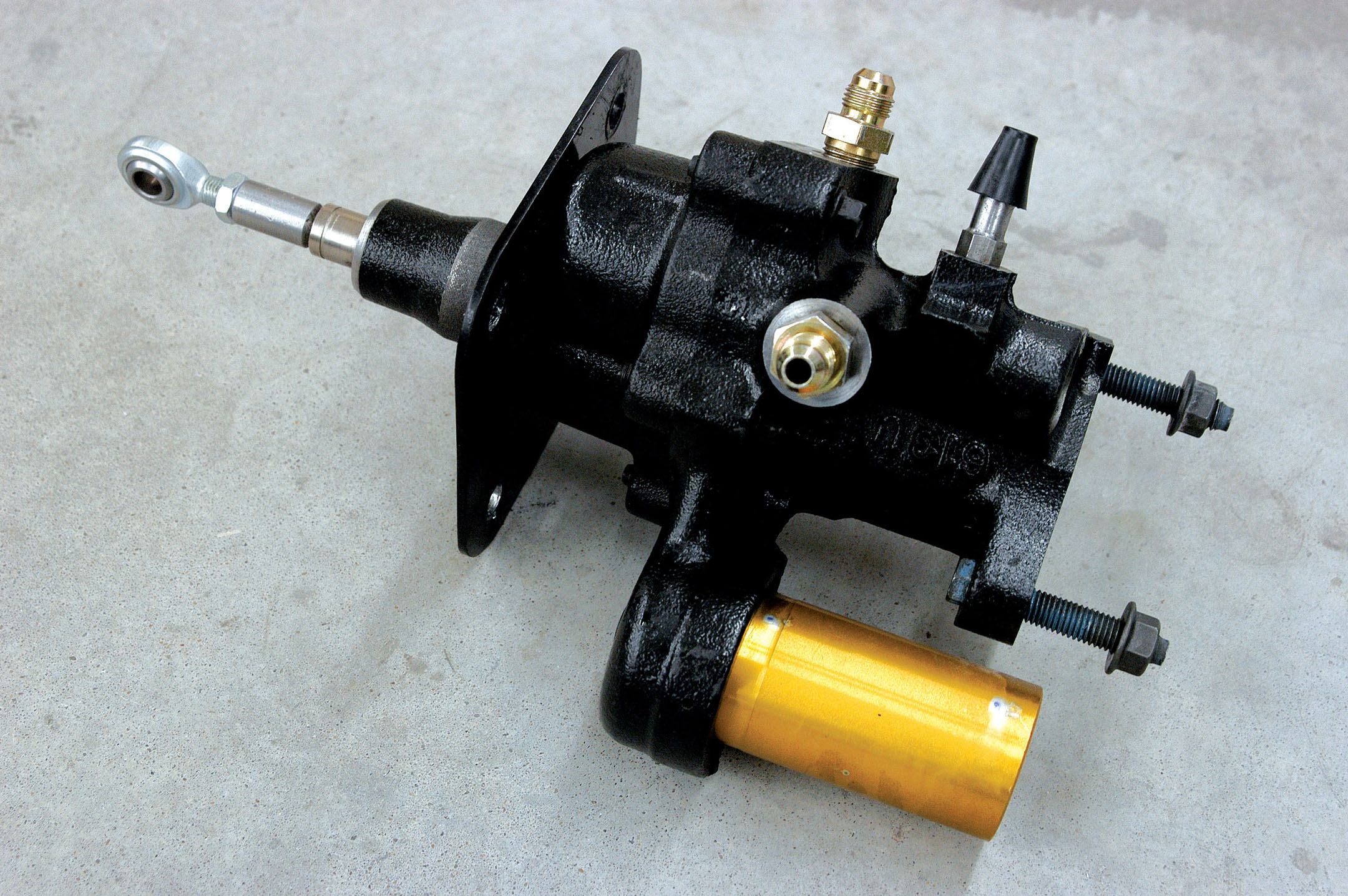
Nothing is more terrifying than cruising down the street to the fairgrounds when some idiot pulls out in front of you and you have to jump on the binders. Making a panic stop can be difficult when you are trying to stop 800 throbbing horsepower with a set of 9-inch rotors and single-piston calipers. You might even wonder if it will stop as you mash the brake pedal. When it comes to street rods with big motors, one braking concern is vacuum pressure. Is there enough? Many high-performance camshafts add power to the motor but produce low vacuum levels. This is something to consider when selecting your engine components. Of course, if the motor fails, you will have no vacuum, so stopping will be a real problem.
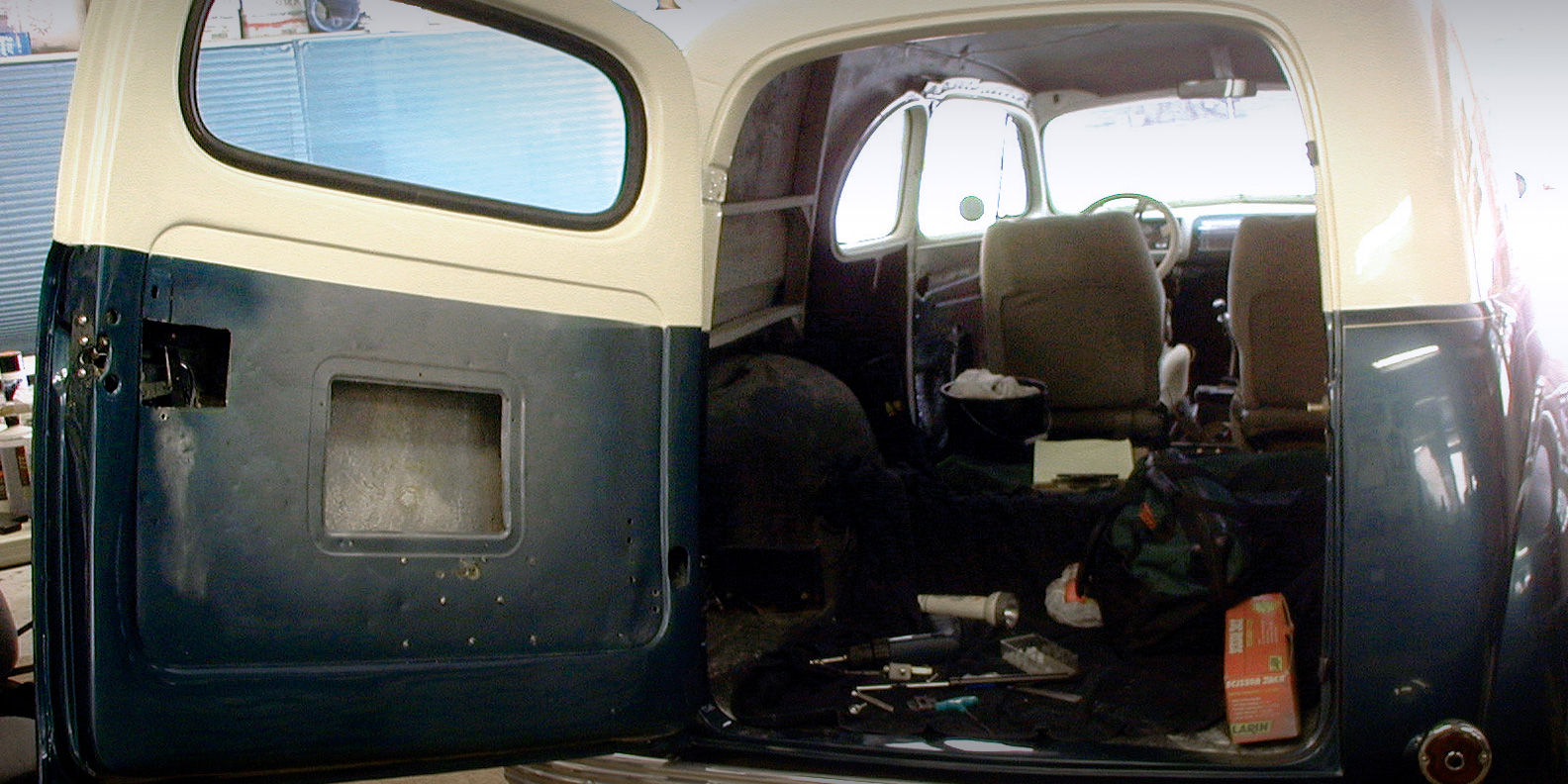
Unlike a regular car door, the back door of a sedan delivery is often left open for loading, unloading and so on. With nothing to hold it open, the slightest breeze will slam it because when a delivery is dumped in the front as ours is, gravity lends a heavy hand to the slam. We’ve never been knocked unconscious, but we’ve suffered some nasty lumps on the noggin. Worse yet, with no mechanism but the hinges, you never hear or see it coming.
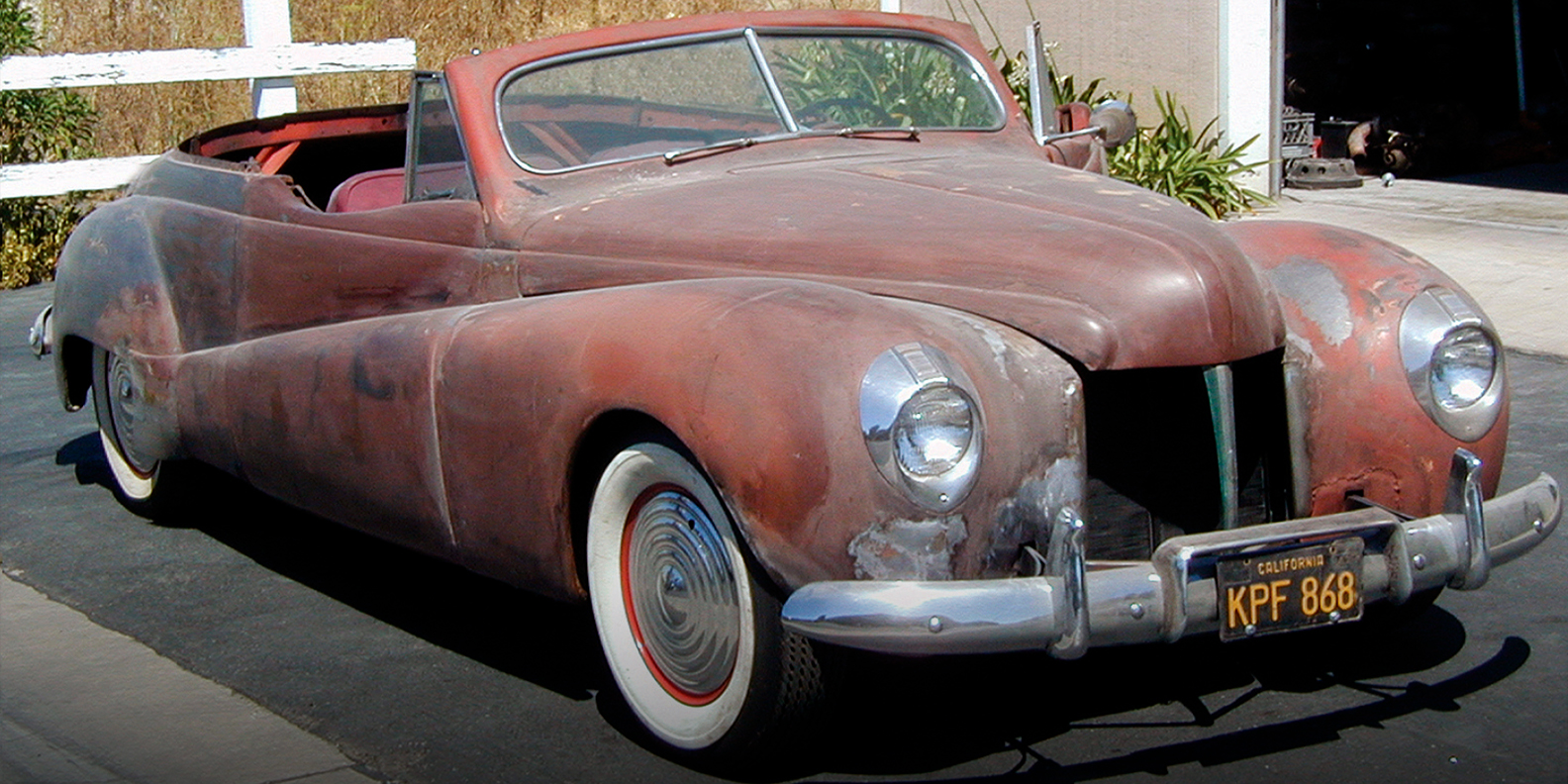
There are many reasons why the icon cars have achieved the lofty status they now enjoy, but one of the more obvious reasons is the simple fact that they were finished. Their existence and subsequent high-level exposure have inspired many a young lad to undertake similar projects, and for every famous car built in the early years, probably two others were started in an attempt to either copy or outdo it, but they never saw the light of day.
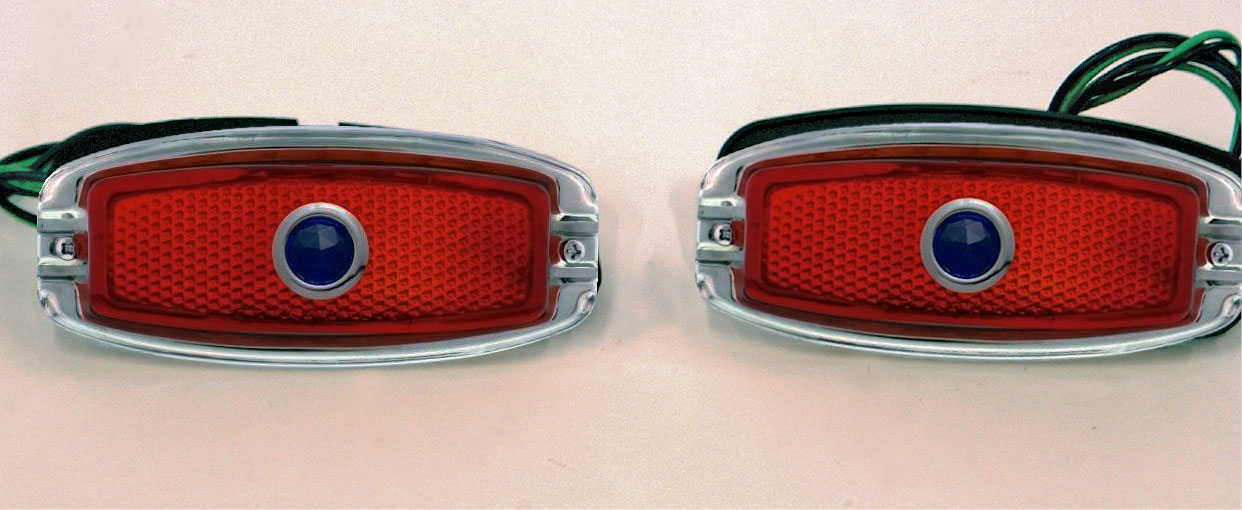
If you are building a street rod, sooner or later you will have to select the taillights you want to use. As with so many other parts, the taillights should match the style of the car you are building. A smooth, high-tech rod should have taillights of the same style, perhaps flush-fit diode lights that match the shape of the body. If you are building a resto rod, the stock taillights are generally used, stalk and all. Internally they can be updated with bright bulbs or a diode kit. If you are building a nostalgic or a traditional rod, there are several different lights that were used by builders in the ’50s and the ’60s. The rod seen in this story is being built in a traditional style, so there were many lights to choose from.
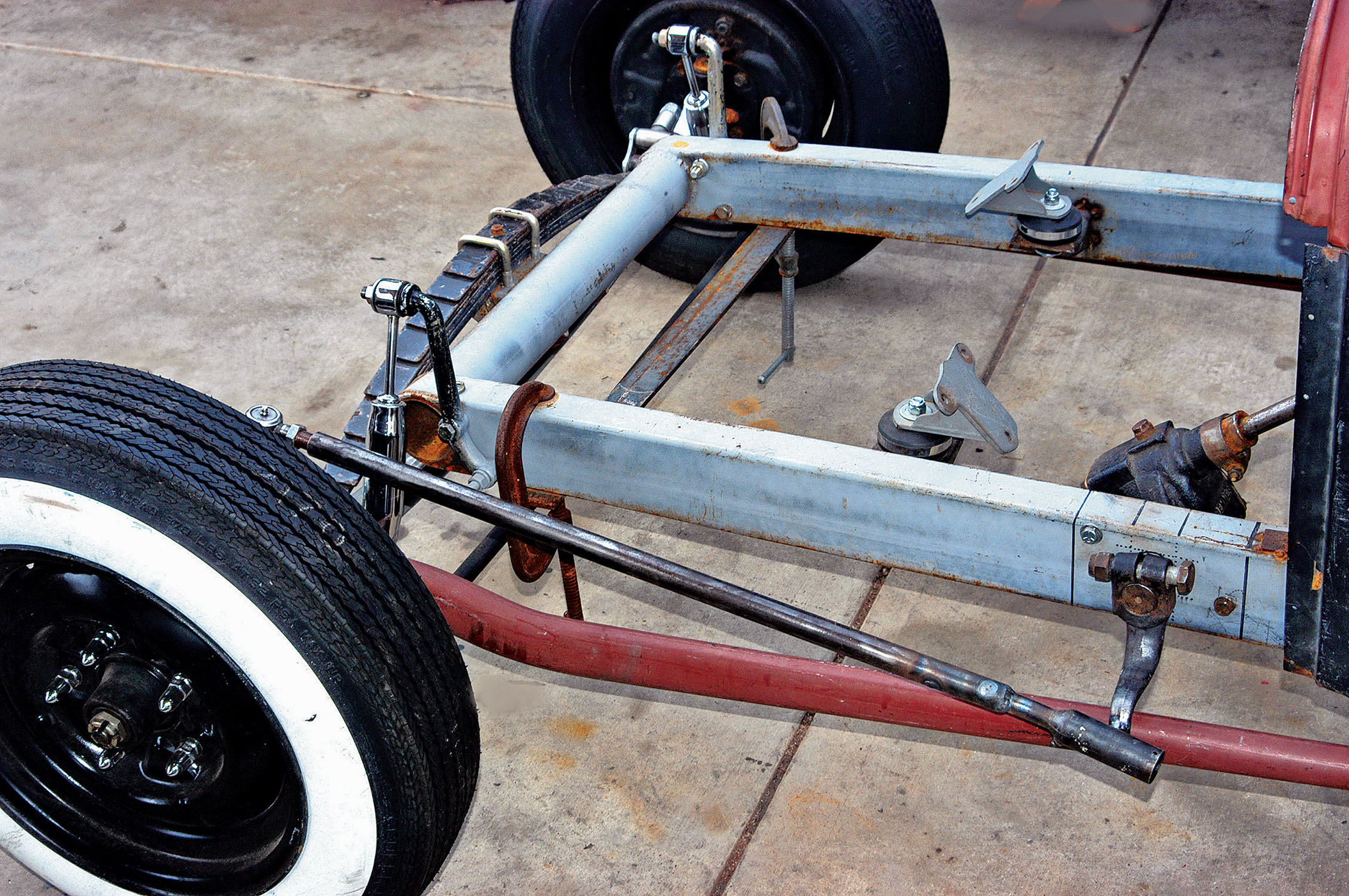
Old-style rods, nostalgia rods and rat rods are increasing in popularity across America, and we are beginning to see a growing number of them at car shows outside California, where the movement seems to have set strong roots. These styles are generally seen in large numbers at shows such as NHRA’s Hot Rod Reunion (in Bakersfield), the West Coast Kustoms Show (in Paso Robles) and even the L.A. Roadster show (in Pomona). For the last two years there has been a special room for such cars at the Detroit Autorama (held at Cobo Hall), and this year was the biggest display yet.
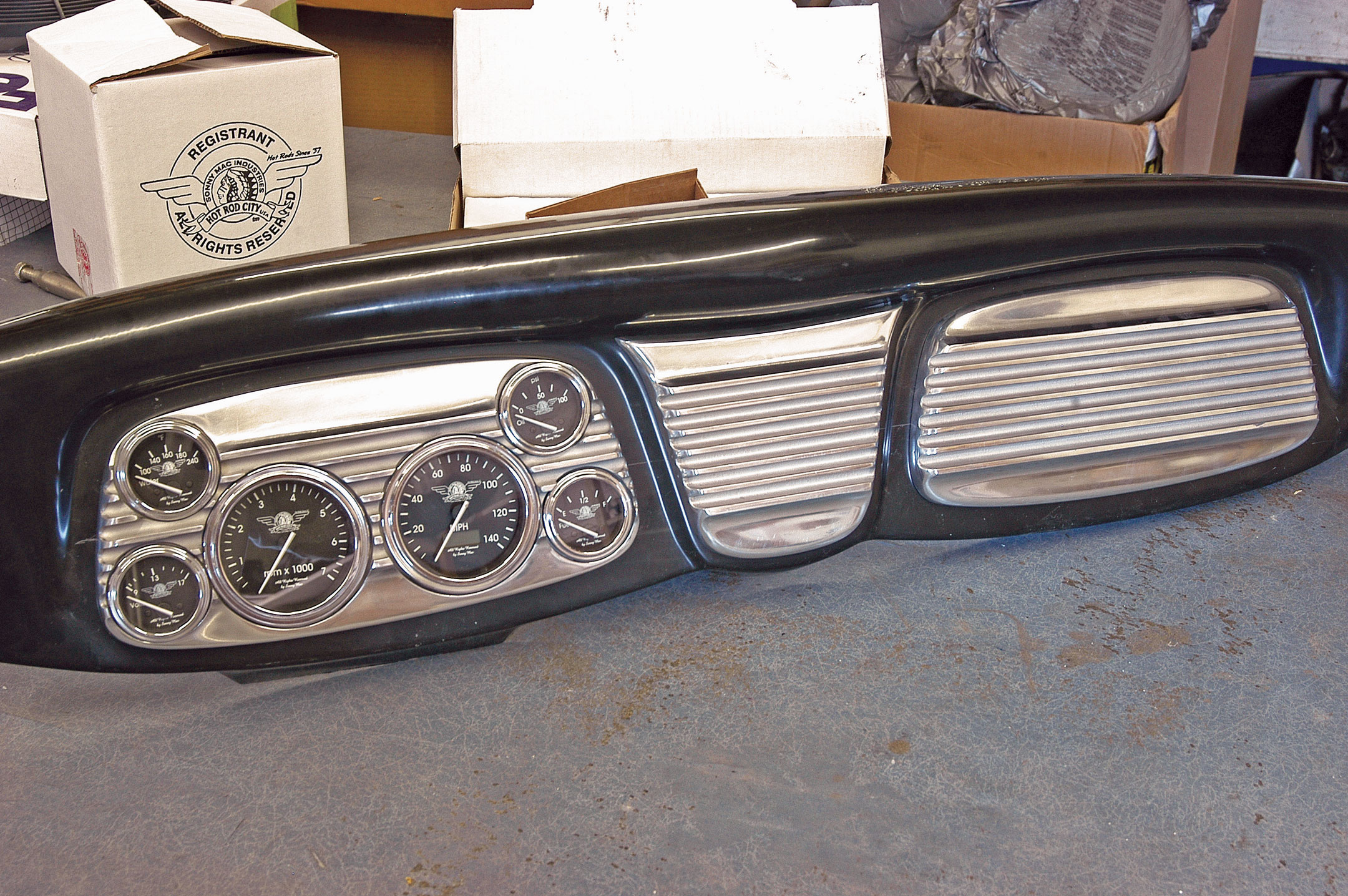
When building a street rod, unless you are building it to look like the day it rolled off the showroom floor, you find yourself constantly hiding whatever you can, wherever you can. One area that usually ends up hiding more items than was ever intended is the dashboard.
The dash is the one area that lives up to the old saying, “10 pounds of stuff in a 5-pound bag,” which generally carries with it a whole set of challenges and/or problems. When it comes to the ’33-’34 Ford, conditions are worse than normal, as there’s practically no space behind or under the dash. By the time you place your gauges and an A/C unit, there is little room left for much else, including a glovebox. When your needs are such that you require a certain amount of equipment behind the dash, most of the time the answer to your dilemma is a smooth dash.
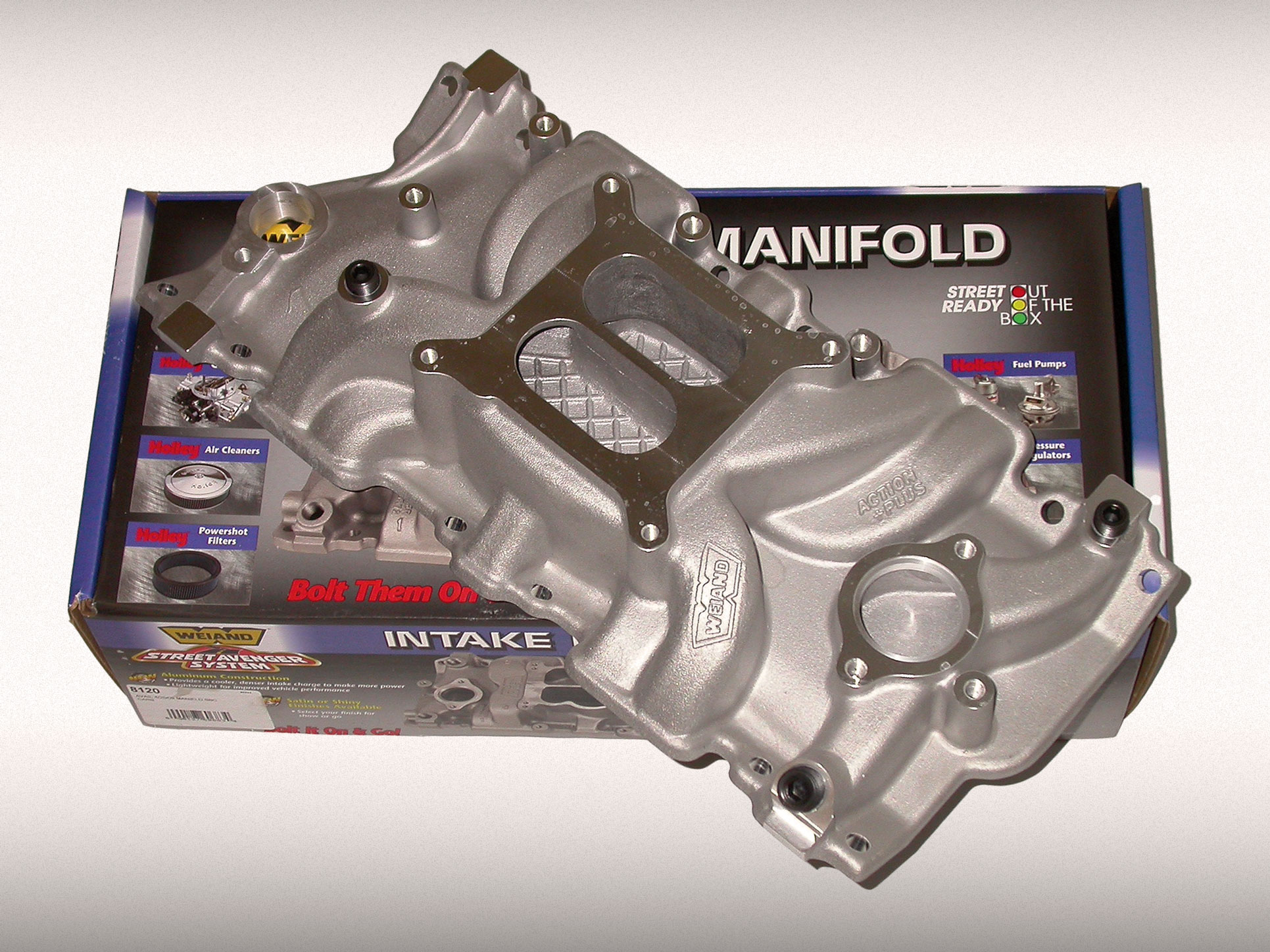
While the factory cast-iron four-barrel Q-Jet intake manifolds have performed admirably on literally thousands of GM applications—and if you are picking your engine from a used lot to use in a swap, it will likely be so equipped—every last one of them should be torn off the car and thrown in the dumpster.





